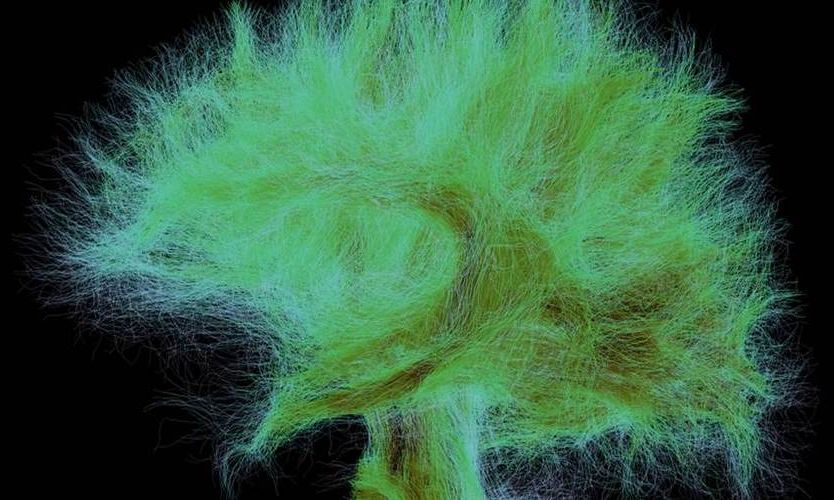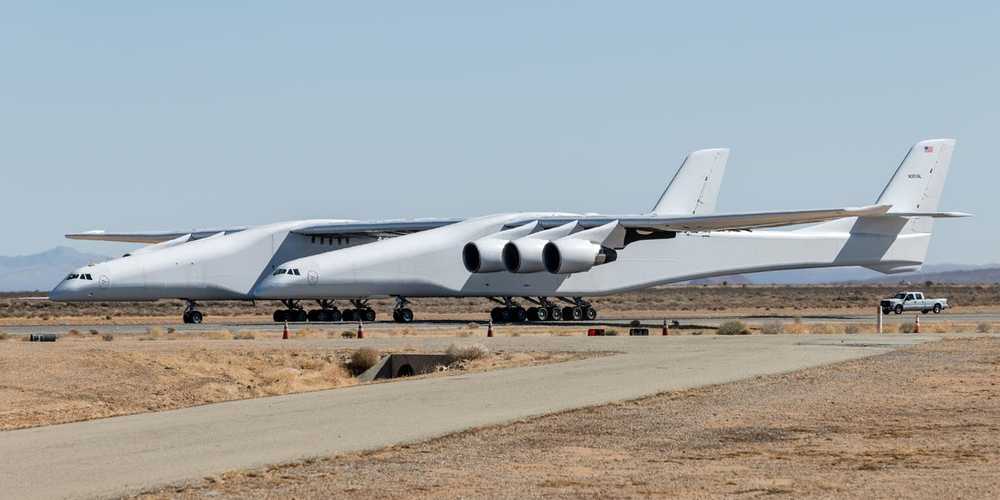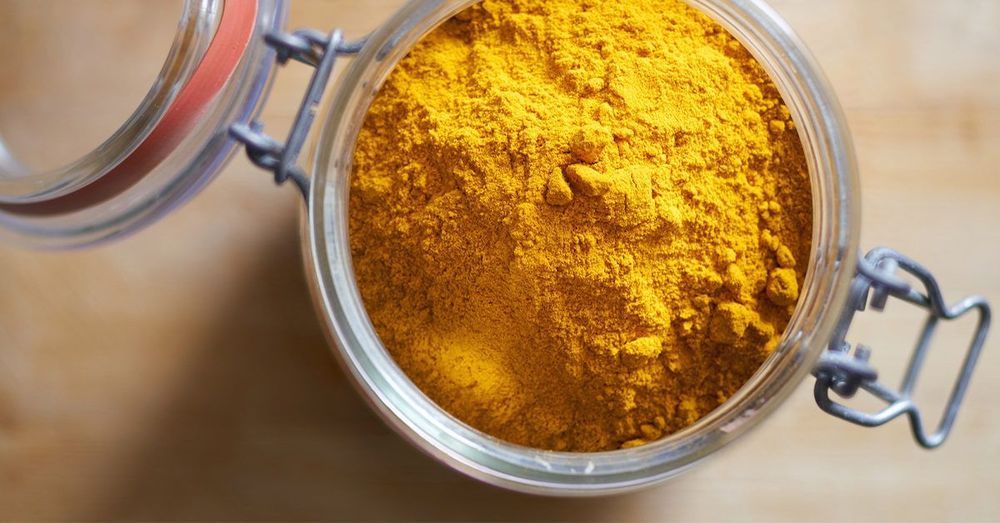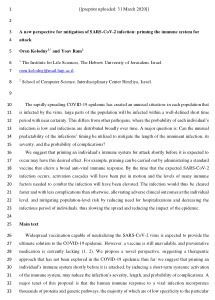Anecdotal evidence suggests that the combination of zinc and hydroxychloroquine may be beneficial for the treatment of Covid-19:
We have been asked again and again — “What else can I do, apart from social distancing, hand hygiene, and so on, to protect myself from COVID-19?” There are additional actions that can be taken.
In this video we examine some details about the virus in Korea and how they are handling things differently. We take a look at the biology of the virus. We examine what happens when our cells are infected with SARS-CoV-2. And finally, we review a study that suggests the possible use of zinc and chloroquine in the fight against SARS-CoV-2.
#medmastery #coronavirus #COVID19 #sarscov2 #coronaviruschina #coronavirustruth #coronavirusdeaths #WHO #wuhan #infection #pandemic #publichealth
———————————————————-
Links for reference:
https://www.worldometers.info/coronavirus/
http://www.koreabiomed.com/news/articleView.html?idxno=7428
https://pubmed.ncbi.nlm.nih.gov/32075365-expert-consensus-on…-pneumonia
https://journals.plos.org/plospathogens/article?id=10.1371/journal.ppat.1001176
https://journals.plos.org/plosone/article?id=10.1371/journal.pone.0109180
———————————————————-
More updates by Dr. Wiesbauer:
COVID-19 Update 1: How to tell if a pandemic is likely to occur or not–R0 and the serial interval: https://youtu.be/wZabMDS0CeA
COVID-19 Update 2: How to stop an epidemic — Herd immunity: https://youtu.be/IgV3L464Yh8
COVID-19 Update 3: Symptoms of COVID-19: https://youtu.be/1PLdl6NDGDE
COVID-19 Update 4: Clinical characteristics of COVID-19: https://youtu.be/KQRt3DHkDp8
COVID-19 Update 5: Estimating case fatality rates for COVID-19: https://youtu.be/3xF2Ihjwbpw
COVID-19 Update 6: Seasonality: will COVID-19 go away in the summer?: https://youtu.be/4baaKcZAAfQ
COVID-19 Update 7: This is probably the most important picture of the whole Coronavirus-epidemic: https://youtu.be/6O96wkIxDls
———————————————————-
Useful resources:





